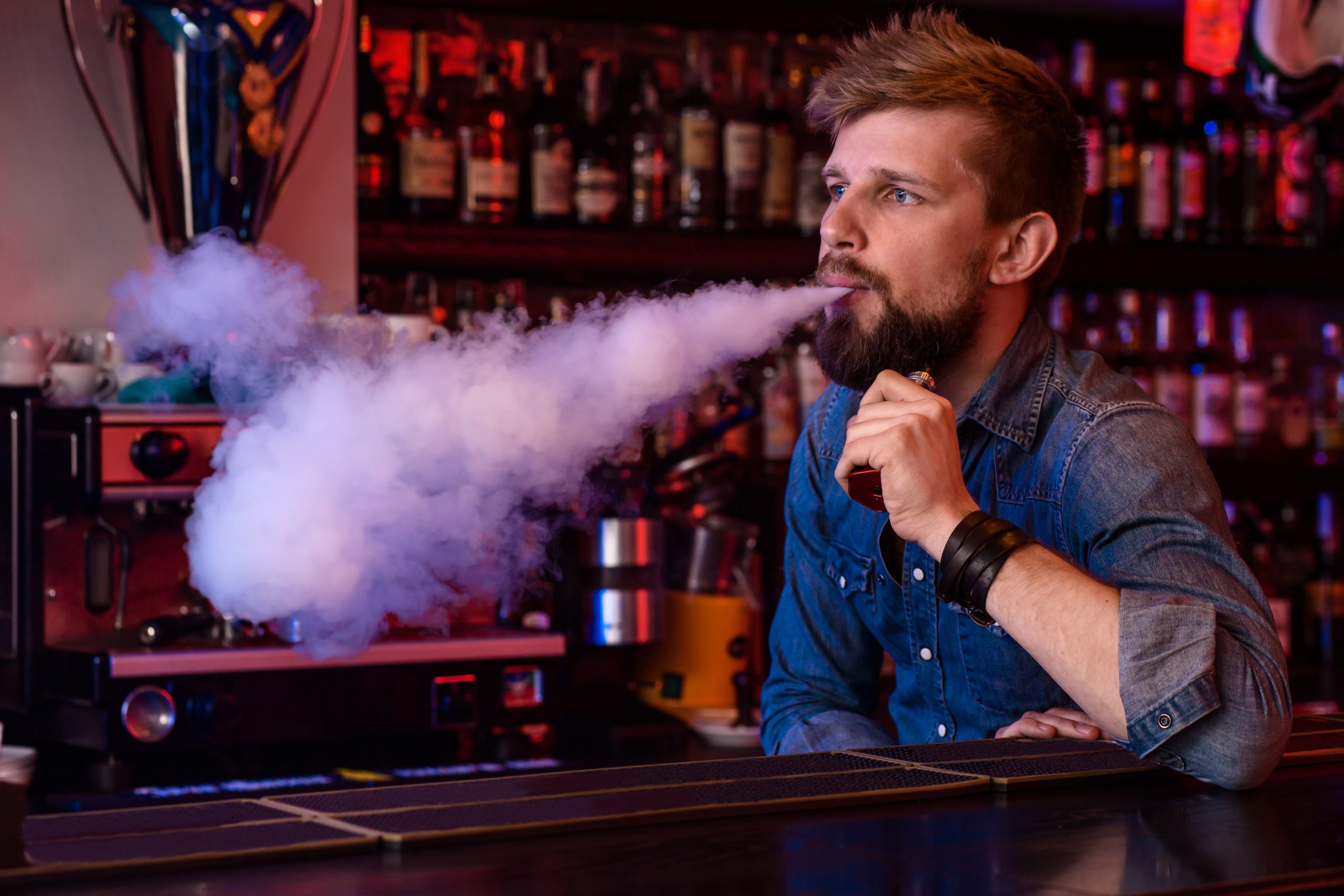Hitachi’s Bold Leap: The First Urine‑Based Cancer Test in the World
Imagine waving a urine cup to a machine instead of squeezing a needle. That’s the promise Hitachi is marching toward in April 2018, and it could change how we catch cancer early.
What Hitachi Built
Hitachi’s engineers and IT whizzes tinkered with the idea two years back, home‑grown and high‑tech, and developed a method that can sniff out breast or colon cancer from a simple drop of urine.
The Trial Begins
Now the company is ready to put the theory to the test. They’ll run the new technique on roughly 250 urine samples in a collaboration with Nagoya University, to see if a plain, room‑temperature sample holds up for analysis.
Why It Matters
- No more bloodsweat – You won’t need a clinic visit for a pipette.
- A kinder option for kids – Patterns that let the tech spot paediatric cancers, easing the dread of needles for little ones.
- Potential to spot tumors before they get out of control – similar to a new blood test that earlier this year found signs of eight different cancers.
Current Checkout Procedures
For breast cancer, the usual route is a mammogram, followed by a biopsy if something looks off. Colon cancer often relies on a stool test and, if needed, a colonoscopy.
The Science Behind It
The Hitachi approach hinges on detecting waste products in the urine that serve as biomarkers – natural substances that scream “cancer” to the machine. By flagging these early, the plan is to save lives and cut medical costs for the country.
Next Steps – When Will It Hit the Market?
The experiment kicks off this month and runs through September, ending with a hand‑shake with Nagoya University. Hitachi’s spokesperson, Chiharu Odaira, says the goal is to roll the tech out in the 2020s, hit the same hurdles as any breakthrough – regulatory approval, clinical validation, and everything that follows.
“It could make cancer testing as routine as a coffee break,” Odaira mused. “It’s a game‑changer that we’re ready to serve up when the world can chew on it.”




